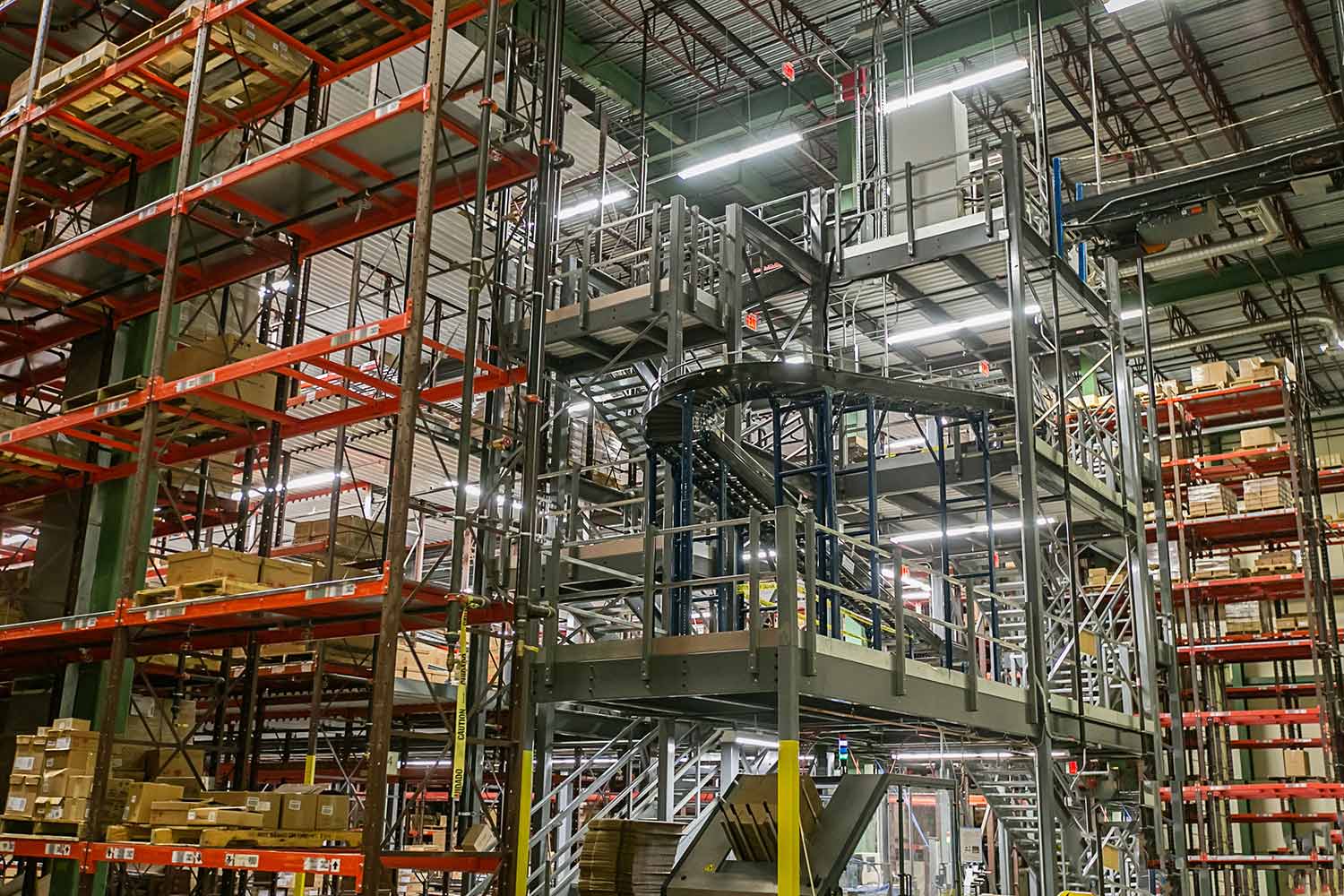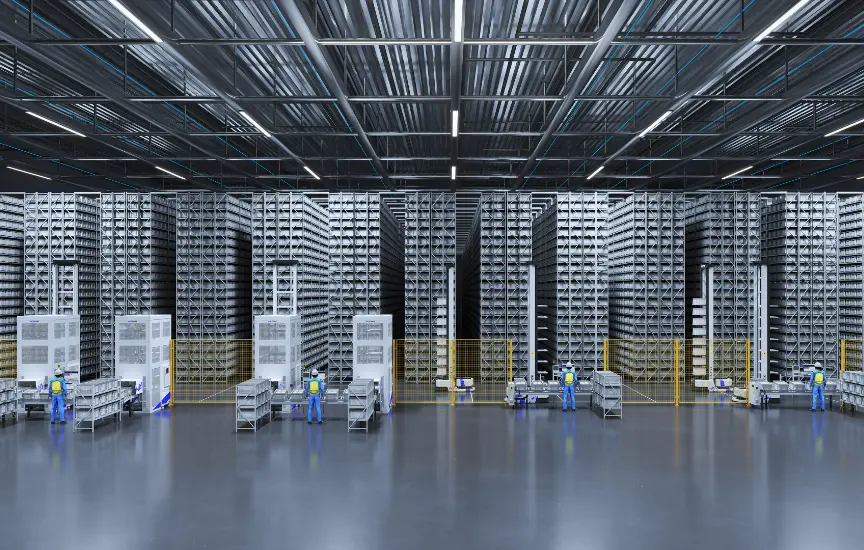
December 27th, 2023
4 min readCreate Sustainable Growth in 2024 Through Warehouse Automation
How to Create, Build, and Maintain Sustainable Growth through Warehouse Automation.
Warehouse automation is the engine for sustainable growth going forward – now more than ever.
If you’ve been thinking about adding or increasing automation in your warehouse or distribution center, 2024 is the time to do it. As automation becomes increasingly sophisticated and ubiquitous, those who don’t capitalize on this movement now risk falling behind and, possibly, failing to stay afloat in the years to come.
According to a recent Forbes article: “warehouse automation has moved beyond the experimentation phase — implementing robots and the software that they run on — to the more advanced stage of optimization. Just as the companies that had previously automated their e-commerce function performed most successfully during the pandemic, the warehouse automation’s early adopters will reap the most gains by operationalizing the best solutions” (emphasis mine).
So, how do you make the most of warehouse automation in order to catch the proverbial wave?
Maintain Sustainable Growth through Warehouse Automation:
- Automation Achieves Sustainability
- Automation Increases Scalability
- Automation Boosts Operational Resilience
Achieves Overall Sustainability
Sustainability is the ability to both exist and grow without depleting your resources.
Effecting implementing warehouse automation solutions is the pathway to achieving true sustainability rather than simply greenwashed short-term PR goals. When you gain energy efficiency through automation, you not only lower energy consumption (and reduce operating costs), but you also reduce the size of your carbon footprint, pleasing both the accountants and the environmentalists. And, the more you automate, the smaller the footprint. Win-win.
Energy Efficient
An automated warehouse achieves optimal energy efficiency by employing automated systems, such as automated storage and retrieval systems (AS/RS) and conveyor systems, and energy-efficient lighting systems with sensors that can help reduce electricity consumption by ensuring lights are only on when and where needed. You will also find optimized space utilization through vertical storage in an energy-efficient warehouse, as the required warehouse footprint is reduced. Less space needed equals less space to heat, cool, and pay taxes on.
Automated guided vehicles (AGVs) and other robotic forms of optimized transportation automate the movement of goods within the warehouse, reducing the need for traditional forklifts – and the fuel consumption and emissions that go along with them.
Improve Accuracy
There are several other benefits of warehouse automation that you may not have connected to sustainability. For example, robotic automation can improve order picking accuracy, which in turn reduces the likelihood of returns and the associated environmental impact of reverse logistics.
Predictive Analytics
Warehouse automation systems provide a vast amount of data which can be used for predictive analytics. Forecasting demand more accurately reduces the likelihood of overproduction and excess inventory. And continuous improvement through this data lets you identify areas for improvement in energy usage, process efficiency, and resource allocation.
Vastly Increases Scalability
Long-range planning is virtually synonymous with growth and expansion, and automation can play a key role in dramatically increasing scalability.
Warehouse automation solutions can be designed to scale horizontally, allowing businesses to easily add more robotic systems, conveyors, or other automated equipment as your operations grow. And cloud-based automation solutions let you scale your operations by accessing additional computing resources and storage capacity as needed.
Going deeper, automated systems provide real-time visibility into inventory levels and movement. For scalability purposes, this data helps you better manage inventory fluctuations and make rapid adjustments to meet changing demand. And implementing modular automation solutions allows for the easy integration of new technologies (or the expansion of existing systems) as your business grows – efficiently allowing you to add new equipment or technologies without extensive downtime or disruptions.
Boosts Operational Resilience
Regardless of the future of warehouse automation, economic markets will always go up and down over time. The good news is that warehouse automation lays the groundwork for business resilience and operational consistency going forward.
The knowledge gained through big data and predictive analytics, as well as the technology on hand to implement it, mean you will be better positioned to survive downturns in the market and quickly capitalize on growth markets without missing a beat.
Your Next Step
Retailers will continue to ramp up their use of warehouse automation to keep up with an ever-steeper e-commerce trajectory — and ever-more demanding consumer expectations for service and personalization. As the retail and ecommerce industries continues to evolve, embracing a commitment to automation can be the difference-maker in achieving the full potential of sustainable growth.
Contact our team today – we’ll help you streamline your operations and maximize productivity to increase your ROI.
Related Posts

The Human-Robot Partnership Requires an Upskilled Warehouse Workforce
Article
Professional Integration is Crucial for Warehouse Automation & Robotics Implementation
Article